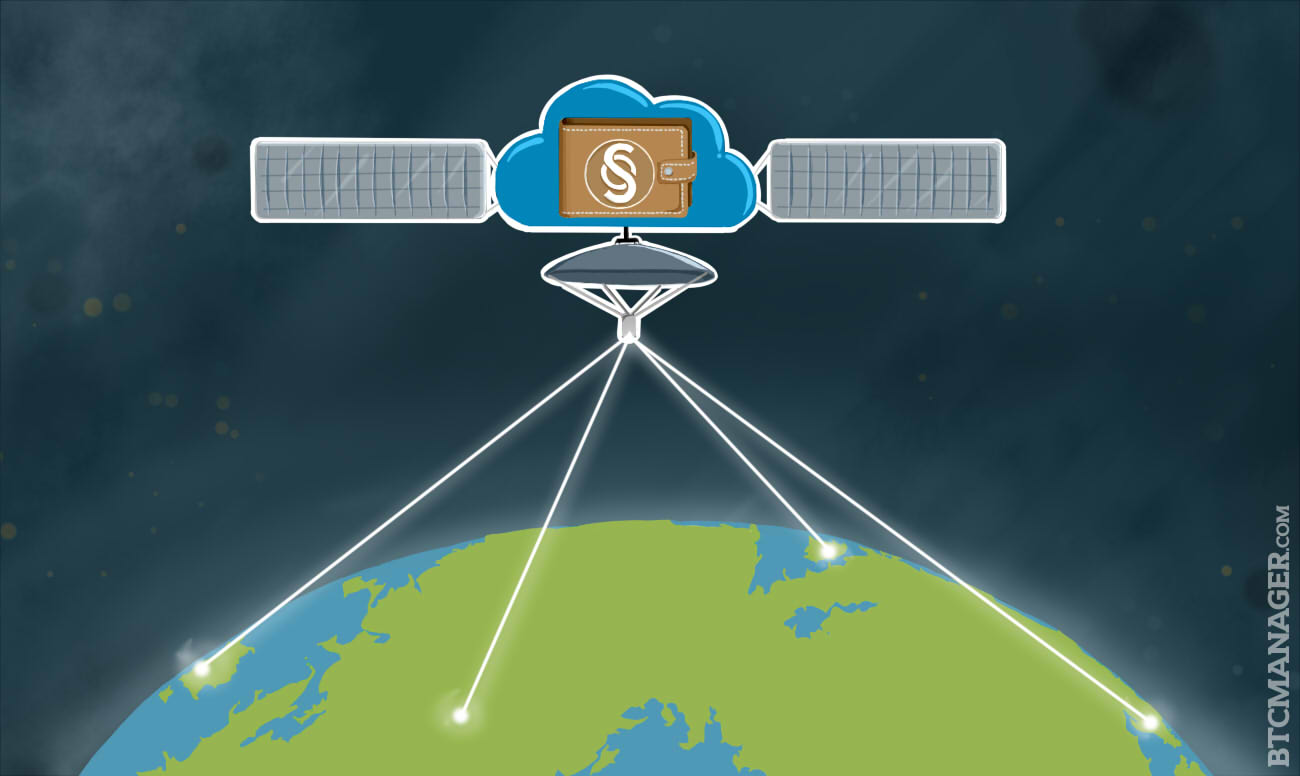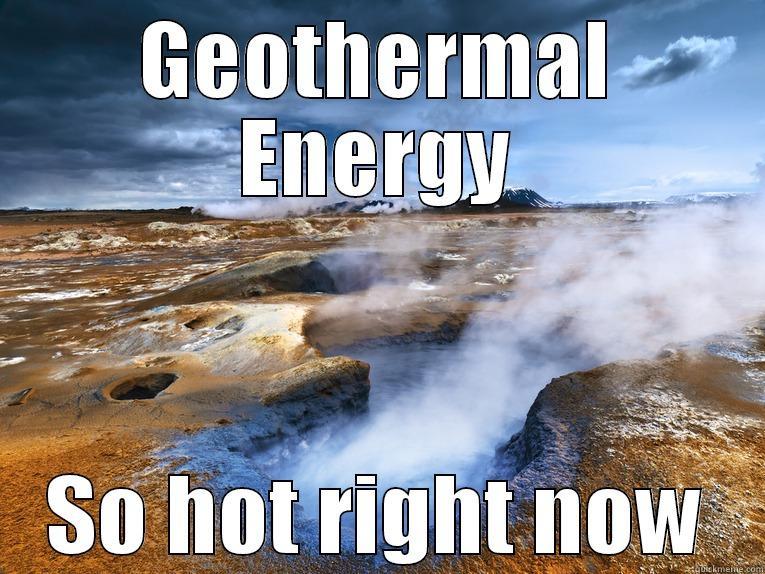Mining for the price of wind: cryptostartaps that experiment with renewable energy sources
A few years ago, Bitcoin turned out to be the embodiment of an old human dream of getting money from nothing. However, the times when, leaving the computer for the night, it was possible to mine fifty coins , are long gone. Now the mining of bitcoins requires both special iron and a huge amount of electricity: Ecologist from the University of Leiden Sebastian Ditman estimated that in 2020 the mining of bitcoins will absorb a quantity of electricity equal to the annual energy consumption of Denmark .

“Bitcoin has many advantages, but perhaps its fatal flaw is growing energy consumption,” says Guy Lane, chairman of the Long Future Foundation , who in 2015 published an even more eccentric assumption that with the increase in the cost of bitcoin to a million dollars, mining will be consume up to 13,140 terrawatts of electricity per year, which is equivalent to the amount of energy required to heat 1.5 billion homes, or 57.92% of the global annual energy production. However, in order for Bitcoin to go up to a million dollars, it only needs to replace this very dollar as a world reserve currency. But this does not change the essence: mining becomes more difficult, more energy is required, and electricity is not free.
The issue of "pay for light" has only become more acute after the accomplished halving. Since the network requires more and more hashing capacity, equipment manufacturers are constantly increasing the number of bitcoin mining devices that consume more and more energy.
')
Mining companies have their farms in countries with low electricity costs, but mining complexity continues to grow, increasing the need for electricity, so the cryptocurrency industry needs alternative solutions - and it is likely that renewable energy sources may play a big role in the near future.

SolarCoin digital currency was developed by Australian businessman Nick Gogherty to encourage people who produce energy using photovoltaic solar panels. The concept of SolarCoin was developed back in 2011 and described in detail in one of Gogerti's studies, but its essence is such that a participant of the SolarCoin program will receive 1 SolarCoin completely free of charge for generating 1 megawatt of solar energy.
Nick Gogherty is also the founder of Bitcarbon.org, where his method is given for calculating the amount of carbon emissions produced during the mining process for bitcoins - the carbon footprint. According to Gogerti's calculations, the hour of operation of a single solar panel in terms of energy generation avoids the release into the atmosphere of about 700 kg of carbon dioxide, 2.3 kg of sulfur dioxide and almost a kilogram of nitrogen. Solar cryptocurrency has a significantly smaller carbon footprint than Bitcoin. The main goal of the project is to create an economic motivation for the complete transition of humankind to alternative energy sources.
Like many other ambitious projects of our day, they combine good intentions with highly eccentric PR moves: two weeks ago the company entered into an agreement with the Cloud Constellation to host a data repository on a real artificial satellite of the Earth, ostensibly to protect against hacking. That would certainly be true if hackers cracked data stores like George Clooney's team in Ocean's Eleven.

However, the entry into orbit in Gravity for his character ended up much more pitiable, but SolarCoin may not worry about this: today the market value of a single solar coin is $ 0.063667 , and the market capitalization of SolarCoin is more than 6 billion dollars.
According to their own estimates, the solar energy processing industry expects a significant jump in development, and solar panel manufacturers - a significant increase in sales. Gogerti calls Germany and the UK the main countries to which his digital currency is oriented.

Last year, a major mining company, BitVest, signed a long-term contract with Verne Global, an Icelandic company that owns and maintains a huge data center in Keflavik, 17.8 hectares in size, located on the territory of the former NATO military air base. The activity of the data center is 100% ensured by a combination of 2 renewable energy sources: hydropower and geothermal energy.

For BitVest, this cooperation means significant savings: in addition to the low cost of the energy itself, the company saves resources due to low temperatures. As you know, in the process of mining professional miners generate a large amount of thermal energy, so in warmer latitudes a lot of power is spent on their cooling. The location of the mining center in Iceland has already allowed BitVest to reduce energy costs by 30%.
HashFlare also has its own experience of locating a mining farm in Iceland - however, with different results. In Iceland, there is indeed very cheap electricity, but maintenance and other costs negate these advantages. Therefore, instead of an Icelandic farm, we opened one in China. Let's see how things will go with BitVest in the future.
Another example of the use of renewable energy by our colleagues, which HashFlare can compare with its own experience: Dave Carlson is the founder of the huge Megabigpower data center for mining bitcoins in Washington, with a capacity of 10 terahash / s (10,000 gigashash / s), which are halved provided a profit of 1 bitcoin per day.
Its equipment spends 240 kWh, which corresponds to the emission of 217 kg of carbon hourly according to EIA . Such production every day would produce very significant damage to the environment - if the electricity that Megabigpower uses was produced by burning fuel.
The mining center of Dave, located on the banks of the Columbia River, where the hydroelectric station provides the lowest electricity costs in the country, is 100% provided with hydropower and remains profitable. In the future, he hopes to open the largest solar-wind mining center, and is also considering reinvesting in wind power.
As for our experience, here is the story: almost 10 years ago, Estonia subsidized green energy producers, buying electricity at a high price. Now the period of subsidies has come to an end, and the owners of small power plants sell their kilowatts for a penny. Their business is on the verge of bankruptcy. HashFlare cooperates with some of these companies, placing our equipment on the HPP territory. Unlike the Icelandic case, this is a much more successful experience - but still, in this case, it’s not so much the cheapness of hydropower as such, but the consequences of an unsuccessful government program that opens up opportunities for some, being a disaster for others.
EDRCoin is another currency, a concept that came into being thanks to the green trend. The EDRCoin mining process, according to the creators, does not leave a carbon footprint at all, and is implemented using a combination of alternative energy sources, in collaboration with private farms located in various parts of the world. 7% of the startup's income will be directed to the Asian Mangrove Restoration Assistance Fund, as well as to the development of the latest solar power plants. The cost of 1 EDRC corresponds to $ 1.
It is clear that this still looks not so much as a business, as a charity project. But in a sense, this applies to all projects that are trying to combine renewable energy with mining. Is renting a data warehouse on a satellite a business? No, this is pure PR - costs that have no particular practical meaning, but bring references in articles all over the world, including this one. Just as our experience in Iceland shows that geothermal electricity is also not as cheap as it seems.
However, if these companies can afford it - why not? If mining Bitcoin in such a way even if indirectly contributes to the development of green and space technologies - it's all worth it.
Mine is not too late:


“Bitcoin has many advantages, but perhaps its fatal flaw is growing energy consumption,” says Guy Lane, chairman of the Long Future Foundation , who in 2015 published an even more eccentric assumption that with the increase in the cost of bitcoin to a million dollars, mining will be consume up to 13,140 terrawatts of electricity per year, which is equivalent to the amount of energy required to heat 1.5 billion homes, or 57.92% of the global annual energy production. However, in order for Bitcoin to go up to a million dollars, it only needs to replace this very dollar as a world reserve currency. But this does not change the essence: mining becomes more difficult, more energy is required, and electricity is not free.
The issue of "pay for light" has only become more acute after the accomplished halving. Since the network requires more and more hashing capacity, equipment manufacturers are constantly increasing the number of bitcoin mining devices that consume more and more energy.
')
Mining companies have their farms in countries with low electricity costs, but mining complexity continues to grow, increasing the need for electricity, so the cryptocurrency industry needs alternative solutions - and it is likely that renewable energy sources may play a big role in the near future.
Solarcoin

SolarCoin digital currency was developed by Australian businessman Nick Gogherty to encourage people who produce energy using photovoltaic solar panels. The concept of SolarCoin was developed back in 2011 and described in detail in one of Gogerti's studies, but its essence is such that a participant of the SolarCoin program will receive 1 SolarCoin completely free of charge for generating 1 megawatt of solar energy.
Nick Gogherty is also the founder of Bitcarbon.org, where his method is given for calculating the amount of carbon emissions produced during the mining process for bitcoins - the carbon footprint. According to Gogerti's calculations, the hour of operation of a single solar panel in terms of energy generation avoids the release into the atmosphere of about 700 kg of carbon dioxide, 2.3 kg of sulfur dioxide and almost a kilogram of nitrogen. Solar cryptocurrency has a significantly smaller carbon footprint than Bitcoin. The main goal of the project is to create an economic motivation for the complete transition of humankind to alternative energy sources.
Like many other ambitious projects of our day, they combine good intentions with highly eccentric PR moves: two weeks ago the company entered into an agreement with the Cloud Constellation to host a data repository on a real artificial satellite of the Earth, ostensibly to protect against hacking. That would certainly be true if hackers cracked data stores like George Clooney's team in Ocean's Eleven.

However, the entry into orbit in Gravity for his character ended up much more pitiable, but SolarCoin may not worry about this: today the market value of a single solar coin is $ 0.063667 , and the market capitalization of SolarCoin is more than 6 billion dollars.
According to their own estimates, the solar energy processing industry expects a significant jump in development, and solar panel manufacturers - a significant increase in sales. Gogerti calls Germany and the UK the main countries to which his digital currency is oriented.
BitVest

Last year, a major mining company, BitVest, signed a long-term contract with Verne Global, an Icelandic company that owns and maintains a huge data center in Keflavik, 17.8 hectares in size, located on the territory of the former NATO military air base. The activity of the data center is 100% ensured by a combination of 2 renewable energy sources: hydropower and geothermal energy.

For BitVest, this cooperation means significant savings: in addition to the low cost of the energy itself, the company saves resources due to low temperatures. As you know, in the process of mining professional miners generate a large amount of thermal energy, so in warmer latitudes a lot of power is spent on their cooling. The location of the mining center in Iceland has already allowed BitVest to reduce energy costs by 30%.
HashFlare also has its own experience of locating a mining farm in Iceland - however, with different results. In Iceland, there is indeed very cheap electricity, but maintenance and other costs negate these advantages. Therefore, instead of an Icelandic farm, we opened one in China. Let's see how things will go with BitVest in the future.
Megabigpower
Another example of the use of renewable energy by our colleagues, which HashFlare can compare with its own experience: Dave Carlson is the founder of the huge Megabigpower data center for mining bitcoins in Washington, with a capacity of 10 terahash / s (10,000 gigashash / s), which are halved provided a profit of 1 bitcoin per day.
Its equipment spends 240 kWh, which corresponds to the emission of 217 kg of carbon hourly according to EIA . Such production every day would produce very significant damage to the environment - if the electricity that Megabigpower uses was produced by burning fuel.
The mining center of Dave, located on the banks of the Columbia River, where the hydroelectric station provides the lowest electricity costs in the country, is 100% provided with hydropower and remains profitable. In the future, he hopes to open the largest solar-wind mining center, and is also considering reinvesting in wind power.
As for our experience, here is the story: almost 10 years ago, Estonia subsidized green energy producers, buying electricity at a high price. Now the period of subsidies has come to an end, and the owners of small power plants sell their kilowatts for a penny. Their business is on the verge of bankruptcy. HashFlare cooperates with some of these companies, placing our equipment on the HPP territory. Unlike the Icelandic case, this is a much more successful experience - but still, in this case, it’s not so much the cheapness of hydropower as such, but the consequences of an unsuccessful government program that opens up opportunities for some, being a disaster for others.
EDRCoin
EDRCoin is another currency, a concept that came into being thanks to the green trend. The EDRCoin mining process, according to the creators, does not leave a carbon footprint at all, and is implemented using a combination of alternative energy sources, in collaboration with private farms located in various parts of the world. 7% of the startup's income will be directed to the Asian Mangrove Restoration Assistance Fund, as well as to the development of the latest solar power plants. The cost of 1 EDRC corresponds to $ 1.
It is clear that this still looks not so much as a business, as a charity project. But in a sense, this applies to all projects that are trying to combine renewable energy with mining. Is renting a data warehouse on a satellite a business? No, this is pure PR - costs that have no particular practical meaning, but bring references in articles all over the world, including this one. Just as our experience in Iceland shows that geothermal electricity is also not as cheap as it seems.
However, if these companies can afford it - why not? If mining Bitcoin in such a way even if indirectly contributes to the development of green and space technologies - it's all worth it.
Mine is not too late:

Source: https://habr.com/ru/post/395509/
All Articles